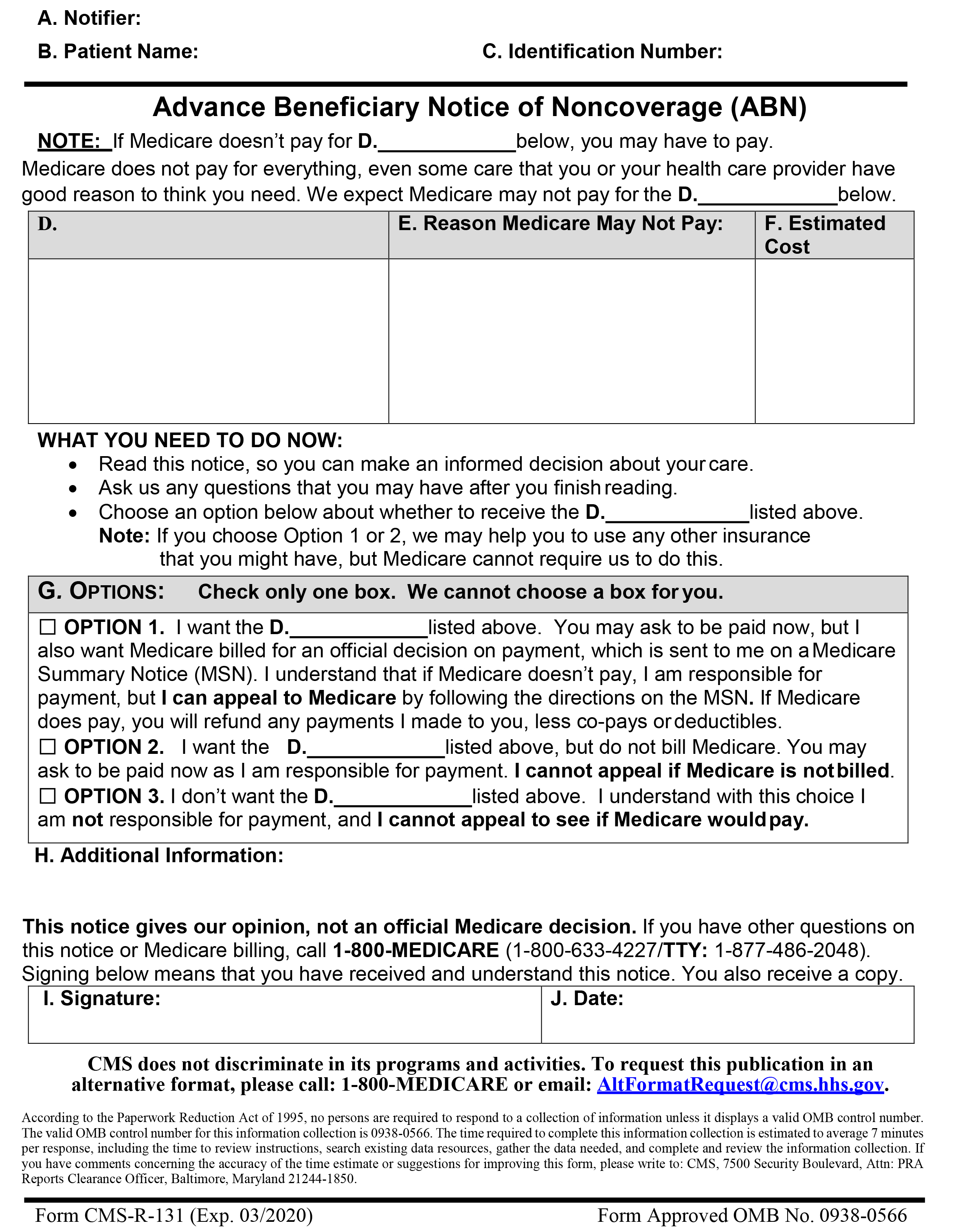Modifier 24 (Unrelated Evaluation and Management Service by the Same Physician or Other Qualified Health Care Professional During a Postoperative Period) is used when a provider performs a separately identifiable service during a patient’s post-op period.
These services are not related to the procedure previously performed. Remember the following when using Modifier 24:
- This modifier is used only with E/M services.
- It is used when the E/M service provided is unrelated to the original procedure
- It is used when the E/M service is provided by the same physician who previously performed the original procedure on the patient
- It is used when the E/M service is provided during the postoperative period of the procedure
- This modifier does not increase or decrease reimbursement. It does get the E/M service reimbursed. (Bypass edits in carrier’s software systems)
If the patient presents with a complication requiring treatment, such as bleeding or infection due to the procedure, it would be inappropriate to append the modifier.
Also remember that postoperative periods can vary from carrier to carrier and can be anywhere from 10- 90 days. Follow up visits performed outside of the global period should be coded with the appropriate E/M.









